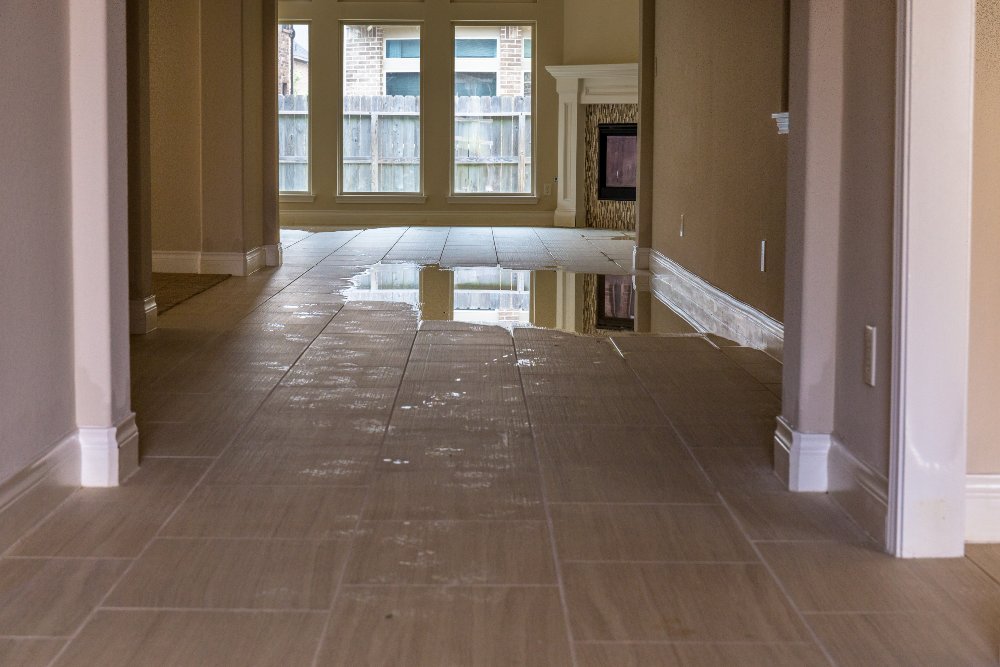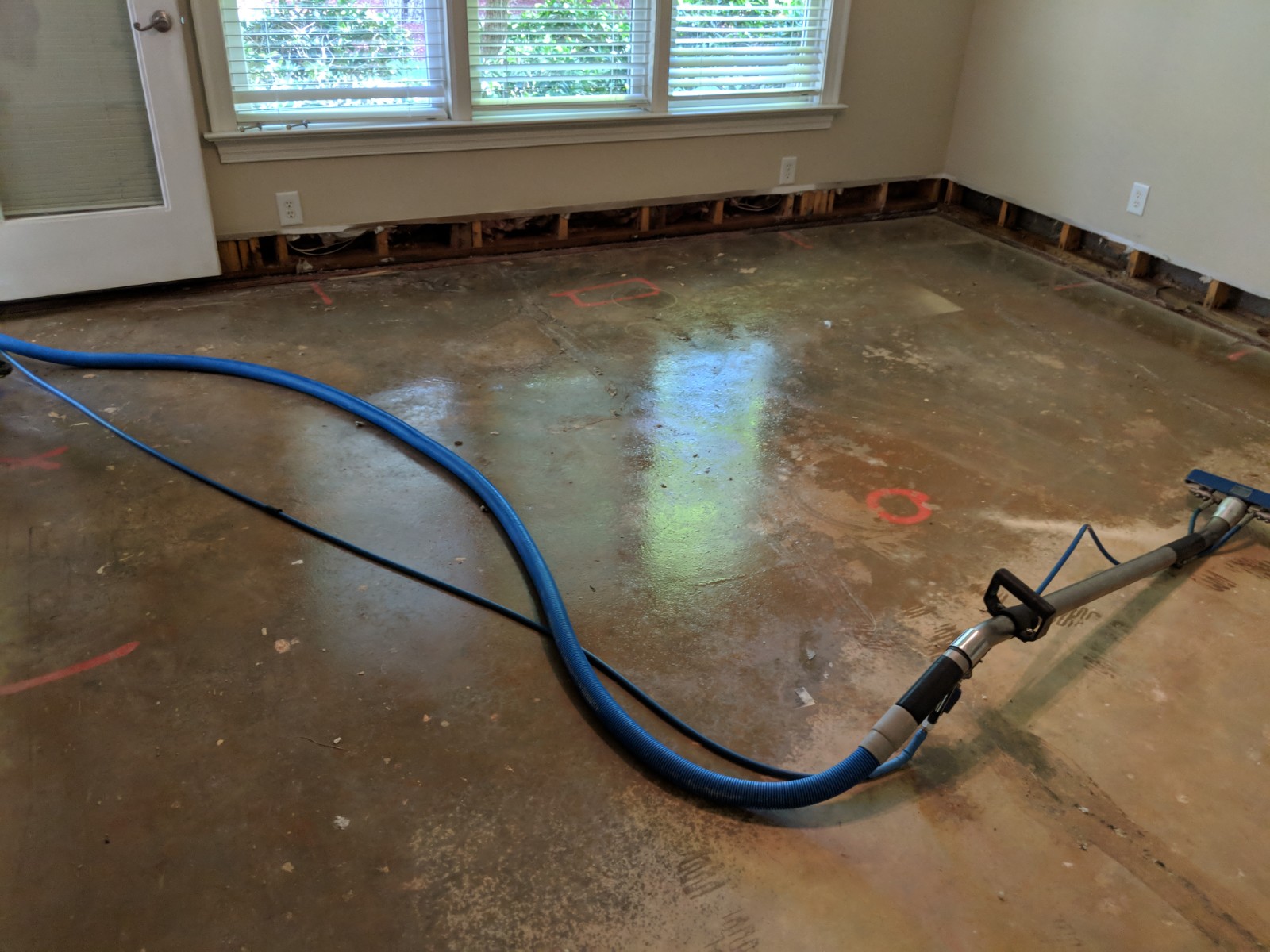Emergency Situation Water Damages Repair: Swift Action to Reduce More Damages
Water damages can strike all of a sudden and leave disastrous impacts on services and homes. When confronted with such a circumstance, a quick action is crucial to minimize additional damages and stop possible carcinogen. Yet exactly what does emergency water damages repair entail? In this discussion, we will certainly look into the value of immediate action, the assessment procedure, the actions associated with water removal and drying, mold and mildew avoidance and remediation, and ultimately, the repair of the affected area. By recognizing the seriousness and comprehensive nature of this procedure, you will certainly obtain useful insights into exactly how experts deal with emergency water damages, making sure a swift and efficient response.
Value of Swift Reaction
Swift feedback is of utmost significance in water damage remediation to decrease more damage and alleviate prospective risks. The longer water sits in a building, the more damage it can create.
One of the major factors speedy response is necessary in water damages reconstruction is to prevent the development of mold and mildew. Mold and mildew not just triggers further damages to the structure of the structure but additionally presents health and wellness dangers to residents.
Water damage can be ravaging, particularly when it impacts individual things of emotional or monetary value. Acting swiftly allows professionals to evaluate the damages and carry out proper restoration methods to recover as much as feasible.
Evaluating the Degree of Damage

During the analysis, repair experts completely examine the affected location to determine visible indications of damage, such as water stains, deformed products, and mold growth. They also use specific tools to find hidden damage, such as moisture meters and thermal imaging cams. This extensive examination enables them to properly figure out the degree of the damage and create a customized repair plan.
Because it aids professionals prioritize their initiatives,Evaluating the extent of water damages is essential. They can recognize areas that call for immediate focus, such as standing water removal and drying out, to prevent additional damage and minimize the danger of mold and mildew growth. They can additionally determine the areas that require repairs or substitute, making sure that no damage goes undetected or untreated.

Water Extraction and Drying Refine
The water removal and drying out process is a vital step in water damages reconstruction, as it includes the removal of excess water and the thorough drying of the afflicted area to avoid further damages and minimize the threat of mold growth. After assessing the level of the water damages, the following step is to extract the water from the affected area. This is usually done using customized devices such as pumps, vacuum cleaners, and dehumidifiers. These tools are developed to efficiently and efficiently eliminate water from different surface areas, consisting imp source of floorings, carpets, and walls.
As soon as the excess water has been drawn out, the drying procedure begins. This action is vital in protecting against secondary damages, such as architectural damages and the growth of mold and mildew. High-powered followers and dehumidifiers are utilized to distribute air and eliminate moisture from the air and surface areas. The drying process may take numerous days, depending on the level of the water damages and the products entailed.
It is very important to make sure that the affected area is entirely dry prior to waging any repair services or restoration. Failure to extensively dry the area can lead to long-lasting issues, consisting of damaged frameworks, mildewy odors, and the development of mold and mildew. For that reason, expert water damages reconstruction business employ dampness discovery tools to ensure that the affected area is entirely dry prior to proceeding to the next action.
Mold And Mildew Avoidance and Removal
Effective mold avoidance and remediation are critical in water damage repair to guarantee the safety and security and honesty of the damaged location. leak detection philadelphia. When water damages happens, whether from a burst pipe, flooding, or a dripping roofing system, it creates an ideal environment for mold and mildew growth. Mold and mildew can begin to develop within 24 to two days after water damages, and if left unattended, it can spread quickly and trigger major health and wellness risks
To avoid mold development, it is vital to address water damage promptly. The primary step is to fix the source and recognize of the water intrusion. When the resource is dealt with, the affected area ought to be thoroughly dried to stop wetness from remaining. This may involve the usage of dehumidifiers, air movers, and various other specialized tools to eliminate excess wetness from the air and surfaces.
In cases where mold development has actually already occurred, removal is required to remove the mold and prevent its return. This entails the careful removal and disposal of damaged products, such as drywall or carpet, to ensure that all traces of Discover More Here mold and mildew are removed. It is crucial to keep in mind that mold remediation should be performed by specialists who have the essential training and tools to safely deal with and get rid of mold and mildew.
Restoring the Affected Area

To start with, it is vital to completely dry out the area to avoid any kind of more damage and to prevent the development of mold and mildew and mildew. This may include using specialized drying out equipment, such as dehumidifiers and industrial-grade fans, to eliminate all moisture from the affected surface areas.
Once the location is totally dry, the remediation process can start. This might entail repairing or replacing damaged architectural aspects, such as ceiling, flooring, or drywall floor tiles. It is essential to attend to any kind of underlying problems that may have created the water damage, such as leaky pipelines or faulty pipes, to stop future events.
Additionally, bring back the afflicted location might likewise consist of repainting walls, changing damaged components, and extensively cleansing and sanitizing the area. This makes sure that not only is the area structurally sound, but it is also visually pleasing and secure for tenancy.
Conclusion
Assessing the degree of damage permits for effective water removal and drying out processes to be applied. In general, prompt activity and extensive reconstruction steps are key to reducing the negative influences of water damage.
Swift feedback is of utmost importance in water damages remediation to minimize additional damages and reduce possible dangers.During the analysis, restoration experts thoroughly analyze the affected area to recognize noticeable indications of damages, such as water discolorations, warped products, and mold and mildew development.The water extraction and drying out process is an essential action in water damages remediation, as it entails the removal of excess water and the extensive drying of the afflicted area to protect against more damages and alleviate the danger of mold and mildew development. After analyzing the level of the water damage, the following step is to extract the water from the affected area.Effective this article mold prevention and removal are important in water damage remediation to guarantee the safety and security and honesty of the damaged location.